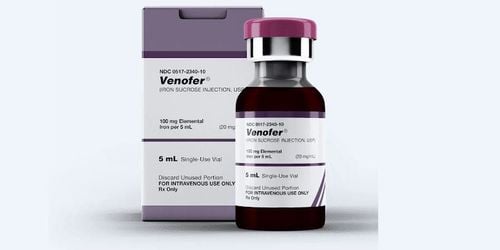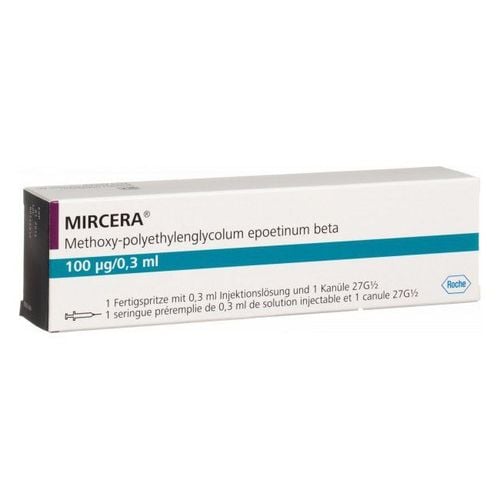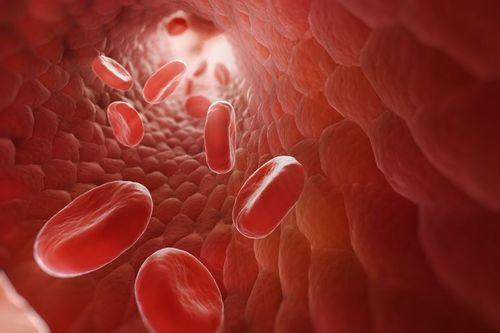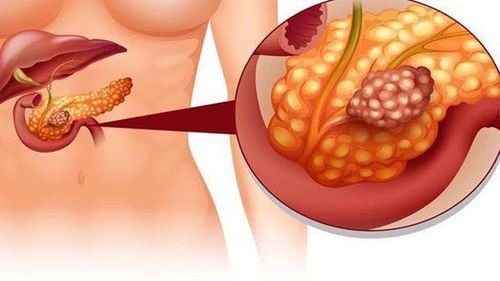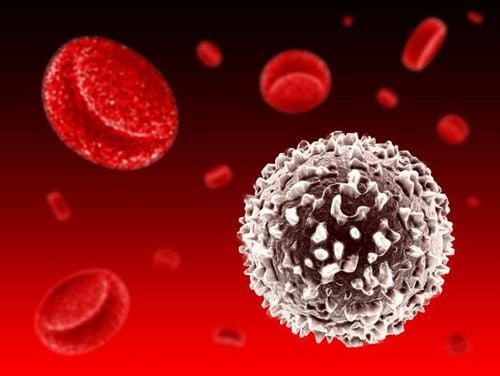This is an automatically translated article.
The article was professionally consulted by Specialist Doctor I Huynh Kim Long - Emergency Resuscitation Doctor - Emergency Resuscitation Department - Vinmec Da Nang International General Hospital. Dr. Huynh Kim Long has extensive experience in the treatment of Resuscitation - Emergency and Acute Stroke in adults.1. What is septic shock?
Sepsis is an acute bacterial infection, caused by bacteria entering the bloodstream directly or from the foci of infection in tissues and organs such as respiratory, digestive, bone and joint... According to SEPSIS-3 sepsis is defined as a state in which the body's response to an infection is out of control, causing life-threatening organ dysfunction.Septic shock is sepsis with hypotension, cellular and metabolic abnormalities threatening death that, despite adequate fluid resuscitation, still requires vasopressors to maintain a mean blood pressure ( MAP) ≥65 mmHg and lactate > 2 mmol/L (> 18mg/dL)

2. Causes of septic shock
Septic shock is a stage in a process that begins with a systemic inflammatory response to infection, severe sepsis, septic shock, and multiple organ failure. In addition, the cause of septic shock is a viral or fungal infection.Some types of bacteria often cause bacteremia such as:
Gram (-): Enterobacteriaceae Gram (-) bacteria such as Salmonella, Escherichia coli, Klebsiella and Enterobacter bacteria; Pseudomonas aeruginosa; Burkholderia pseudomallei. Gram (+): Streptococcus pneumoniae, Staphylococcus aureus, Streptococcus suis Anaerobic bacteria: Clostridium perfringens, Bacteroides fragilis. Risk factors include:
The elderly, infants, premature birth People using immunosuppressive drugs, anti-rejection drugs or undergoing chemotherapy and x-ray therapy Patients with splenectomy, alcoholism, medical conditions Malignant blood, neutropenia The patient has invasive devices or instruments such as intramedullary nails, catheters, endotracheal tubes...

3. Definitive diagnosis of septic shock
Patients will be diagnosed as septic shock when the following criteria are met:Severe infection leading to organ dysfunction. Hypotension: specifically systolic BP < 90 mmHg, mean BP < 70 mmHg, systolic BP reduction > 40 mmHg or blood pressure less than 2 standard deviations from the normal value for that age) and irreversible when adequate fluid resuscitation or vasopressor therapy is required.
4. Treatment of septic shock
Includes the following basic steps:4.1.Control and maintain airway and breathing
4.2. Cyclic restore
4.3. Antibiotic use and infection control

Use only when shock is poorly responsive to vasopressors or vasopressors have not been terminated after 48 hours, do not use systematically.
4.5. Blood sugar control
4.6. Bicarbonate therapy
If the goal is to improve hemodynamics or reduce vasopressor requirements in patients with tissue hypoperfusion causing lactic acidosis with pH >= 7.15, sodium bicarbonate therapy should not be used.
4.7. Prophylaxis of complications
4.8. Address the source of infection with puncture, aspiration, drainage or surgery if indicated (must be done prior to continuous dialysis)
4.9. Continuous hemodialysis
Dialysis is performed when systolic blood pressure is >90 mmHg and the infection has resolved with puncture, aspiration, drainage, or surgical surgery and as soon as possible after the diagnosis of shock infection.
Please dial HOTLINE for more information or register for an appointment HERE. Download MyVinmec app to make appointments faster and to manage your bookings easily.
Article referenced source: Vietnam Society of Cardiology




